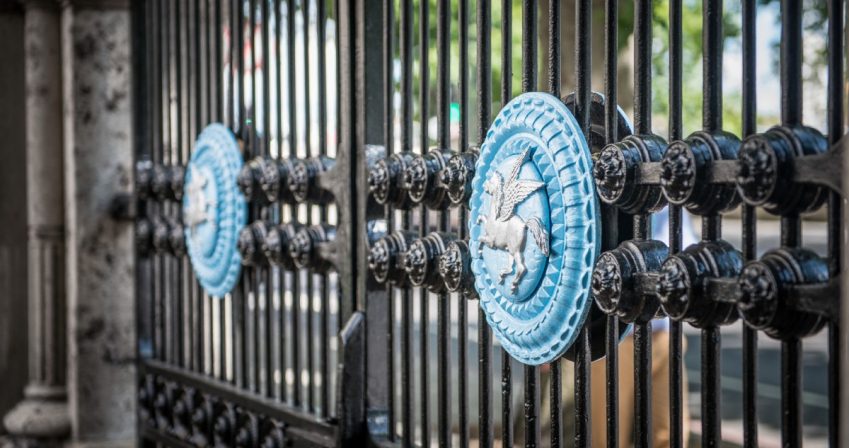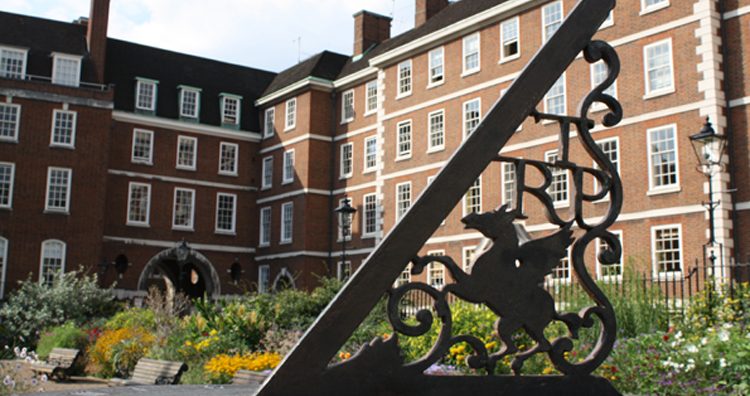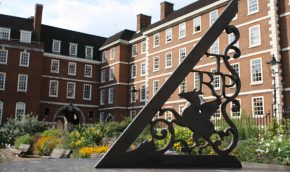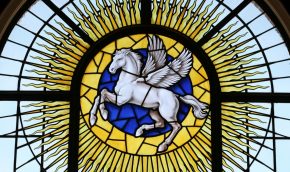Then who so will with virtuous deeds assay
To mount to heaven, on Pegasus must ride
Home › Who We Are › History › Pegasus Emblem
Then who so will with virtuous deeds assay
To mount to heaven, on Pegasus must ride
According to one version of the Greek legend, Pegasus, the winged horse, was born from the neck of the gorgon, Medusa, after Perseus had severed her head. Rising heavenward to Helicon, the home of the Muses, he became a symbol of virtue and creative inspiration. The Honourable Society of the Inner Temple reflects the sentiment in its Latin motto, originally Volat alta ad sidera virtus and more recently Volat ad aethera virtus (virtue flies to the heavens).






South East Garden Gates onto the Embankment
Pegasus Sundial - A Queen Anne brass sundial c.1707
Pegasus as depicted in a stained glass window in the Inner Temple Hall
Visitors to the Inner Temple, unable to miss the ubiquitous symbol of the Pegasus on buildings throughout the Inn, frequently seek the origin of the emblem. Would that we knew! Without definitive evidence, several theories have been put forward. One holds that the Inn adapted the design from one of the Knights Templars' seals, the image of two knights seated on one horse, which is reproduced in the bronze statue by Nicola Hicks on Ptolemy Dean's Millennium Column in Church Court. It is not known whether the Templars aimed to indicate by the two knights sharing a horse the original poverty of the order or the charity and brotherly love that it embodied. Either way, it is possible that the two knights came to represent the wings of the Inner Temple's flying horse. Some credibility is lent to the hypothesis by the Middle Temple's subsequent adoption of another Templar seal image, the lamb and flag. Another interpretation assigns the origins of the flying horse to an image on the tiles in the Temple Church, which showed a single mounted knight holding a shield with bars, which might have resembled a wing.
A more commonly held view is that the choice of Pegasus emblem dates from the 1561 Christmas revels, when Lord Robert Dudley acted the part of Prince Pallaphilos, governor of the Inner Temple and patron of the fictional order of the Pegasus. As Master of the Queen's Horse in real life, it is likely that the use of the Pegasus symbol in the revels was designed in his honour. Representations of the flying horse were widely used by the Inn thereafter, both in revelry and as an official armorial device. This ancient usage was confirmed by the College of Arms in 1967, endorsing the Inner Temple's right to use a silver Pegasus on an azure (light blue) background - Azure a Pegasus salient argent - as its device. Whatever its origin, the Pegasus emblem is here to stay.